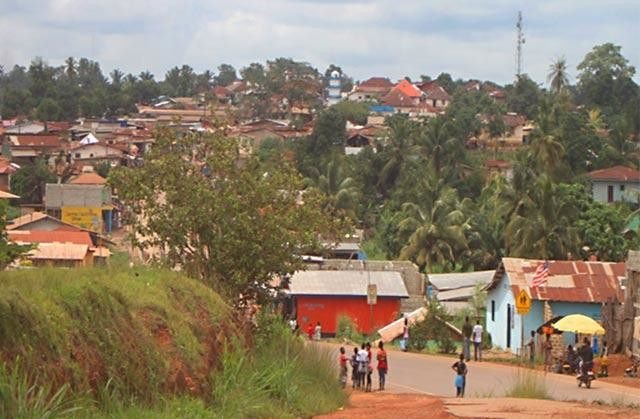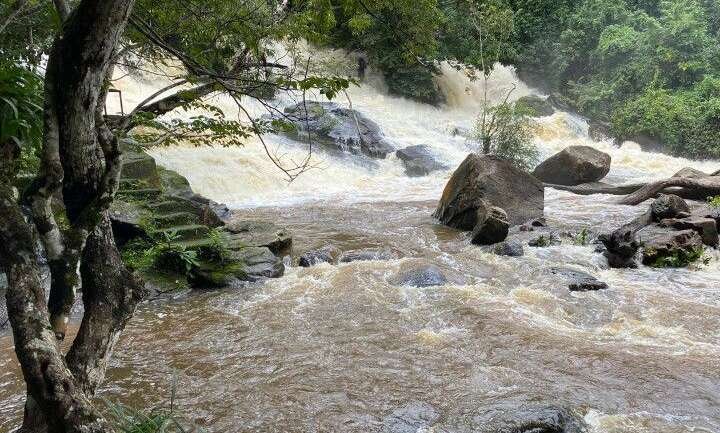HISTORY OF BONG COUNTY
Bong is a county in the north-central portion of the West African nation of Liberia established in 1964.
Bong was named after Bong Range Mountain in the northeast-southern direction at elevations averaging from 600 to 1,000 feet (180- 300m) its highest point, however, is 2,116 feet.
During the mid-1960s its iron-ore deposits have been worked by the German-Liberia Mining Corporation (Delimco) and shipped via the company railroad to the port of Monrovia (50 miles southwest). In 2010, China Union took over mining activities at the Bong range previously operated by the Germans who quit mining activities as the result of the civil conflict which broke out in December 1990.
The two geographical instruments in the white field portion of the flag symbolize Bong County’s mining industry. The county’s flag is purple, signifying the dawn, and orange, signifying the county’s newness. It was created in 1964, along with Nimba, Lofa and Grand Gedeh, when the administrative sub-divisions of Liberia were increased to a total of thirteen.
The capital is Gbarnga, named after an old farm in the location. It is one of 15 counties that comprise the first-level of administrative division in Liberia, it has twelve administrative districts. Gbarnga serves as the capital.

Geography:
he county was organized in 1964 and is important for its mining industry.
It is bordered by Lofa and Gbarpolu counties to the north, Margibi and Montserrado counties to the west, Grand Bassa County to the south, and Nimba County to the east.
The northeast part of Bong borders the nation of Guinea. Bong County current Superintendent is Esther Y. Walker.
The flag of Bong County is orange and purple with a hammer in the background as a reference to the traditional importance of mining to the local economy.
Bong County is situated in the central part of The main paved road that runs from Monrovia to Sanniquellie in Nimba County traverses Bong County.

Until 1964, present day Bong County was a part of Liberia known as the Central Province. The civil conflict was particularly cruel to Bong County, parts of which were contested by multiple militias over fourteen years, resulting in massive losses of life and egregious human rights abuses, especially perpetrated against women and girls. Bong County served for a time as the capital of would-be president Charles Taylor’s “Greater Liberia”, and the area provided perhaps a majority of the children and young women that were forced to join the various fighting forces. Most of the County’s public infrastructure and private property was looted or destroyed. While the situation has improved since the election in 2005 Government and the arrival of international peacekeepers, multilateral agencies and NGOs, there is still a dangerously high unemployment rate and a need for urgent improvements in health, education, and all sectors of the economy. It’s home to government offices, educational institutions, and a vibrant market where locals gather to trade goods. As of today, in Gbarnga live 26122 women.




